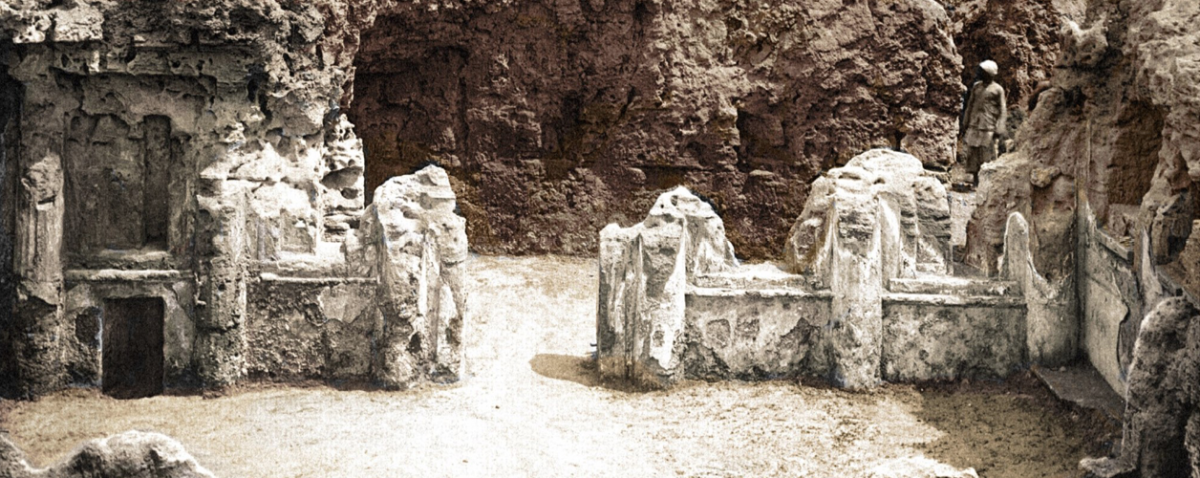President: Fotini Kondyli
Past President: John J. Dobbins
Vice-President: Tyler Jo Smith (interim President, 2023-2025)
Student Vice-Presidents: Abigail Bradford and Dustin Thomas
Treasurer: Ismini Miliaresis
Secretary: Kate Kreindler
Outreach Coordinator: Anastasia Dakouri-Hild
Program Coordinator: Dan Weiss
2024-2025 AIA Series
Mar 27, 6:00 pm | Campbell Hall 158
Dying as a Macedonian in Egypt: Styling Social Identity through Hellenistic Burial Practices
Norton Lecture
Dimitris Plantzos
Professor of Classical Archaeology, National and Kapodistrian University of Athens
The lecture discusses the Hellenistic necropoleis of Alexandria in Egypt: the tombs, the finds, the paintings, Greco-Egyptian ideas on death and dying. We will be exploring Macedonian responses to death and dying, as well as the ways Macedonian mortuary habits were transmitted, transposed, developed and “edited," once the Macedonians found themselves on top of the world, and in lands so different from their own. From Macedon to Asia and Egypt, and from Aigai and Mieza to Shatby, Macedonians had to renegotiate their fundamental beliefs on death and the afterlife, committing themselves to the amalgam we now understand as “Ptolemaic Alexandria."

⛏️ ⛏️ ⛏️
Nov 8th, 4:00-5:30pm | Brooks Hall
3D Archaeology of Archaeology: remote sensing and digital mapping to rediscover the ancient Greek city of Heloros (Sicily)
Davide Tanasi
Professor, Department of History, University of South Florida
This talk is sponsored jointly by the AIA Charlottesville, Department of Anthropology, and the Department of Art
Heloros, located on Sicily’s Ionian shore, is believed to be the first sub-colony of the Greek city of Syracuse. Despite its historical significance, it remains relatively obscure. The Heloros Advanced Digital Exploration and Surveying (HADES) project seeks to clarify the site’s architectural and topographical evolution from its uncertain foundation in the late 8th century BCE to its heyday, in the Late Hellenistic period, and beyond. By digitizing and verifying legacy data and integrating them with newly acquired 3D geospatial documentation—employing global positioning, digital photogrammetry, drones, LIDAR, and ground-penetrating radar—this project reveals new insights into Heloros' history, including its pre-Greek occupation and revised interpretations of key structures. Using Heloros as a case study, this talk illustrates how the 'digital excavation' approach can yield substantial archaeological knowledge without new physical digs. The process of datafication, which involves creating new data through the layered collection of natively digital and digitized legacy data, guided the efforts for virtual reconstruction and future planning. This methodology resurfaced unpublished or previously unknown information about the site, verified interpretative hypotheses, and generated significant new data to rewrite the history of this important yet little-known Greek city.

